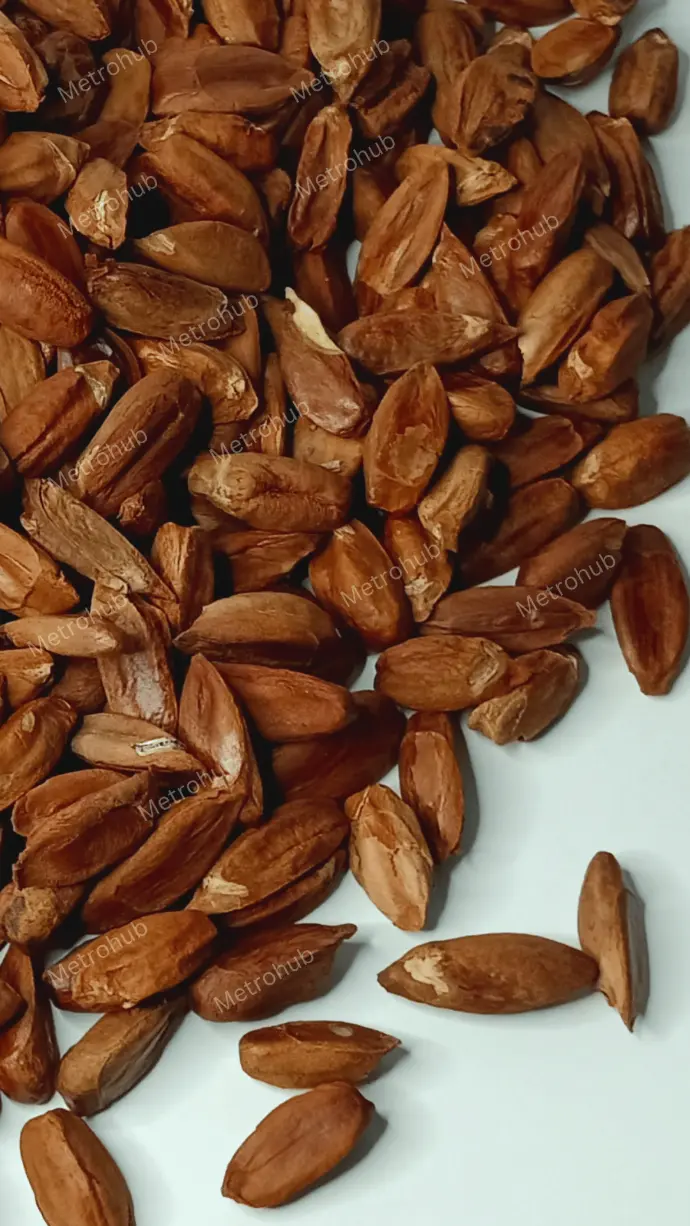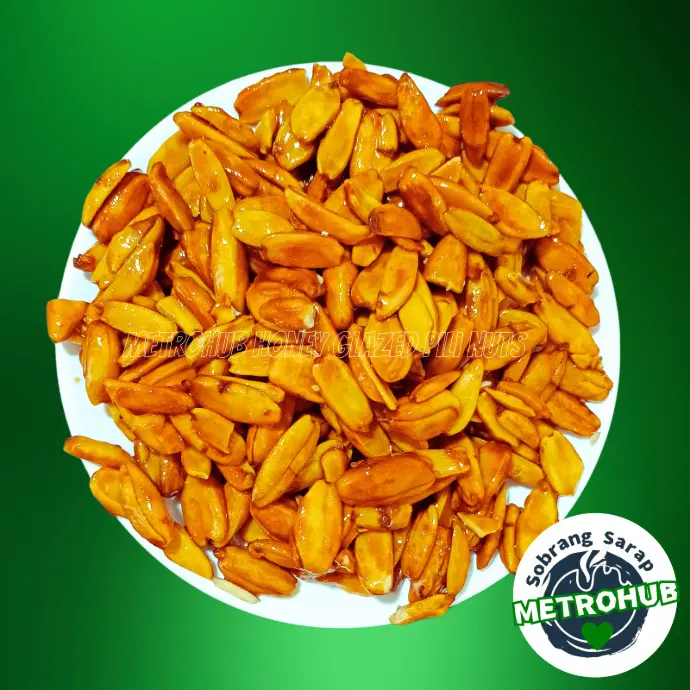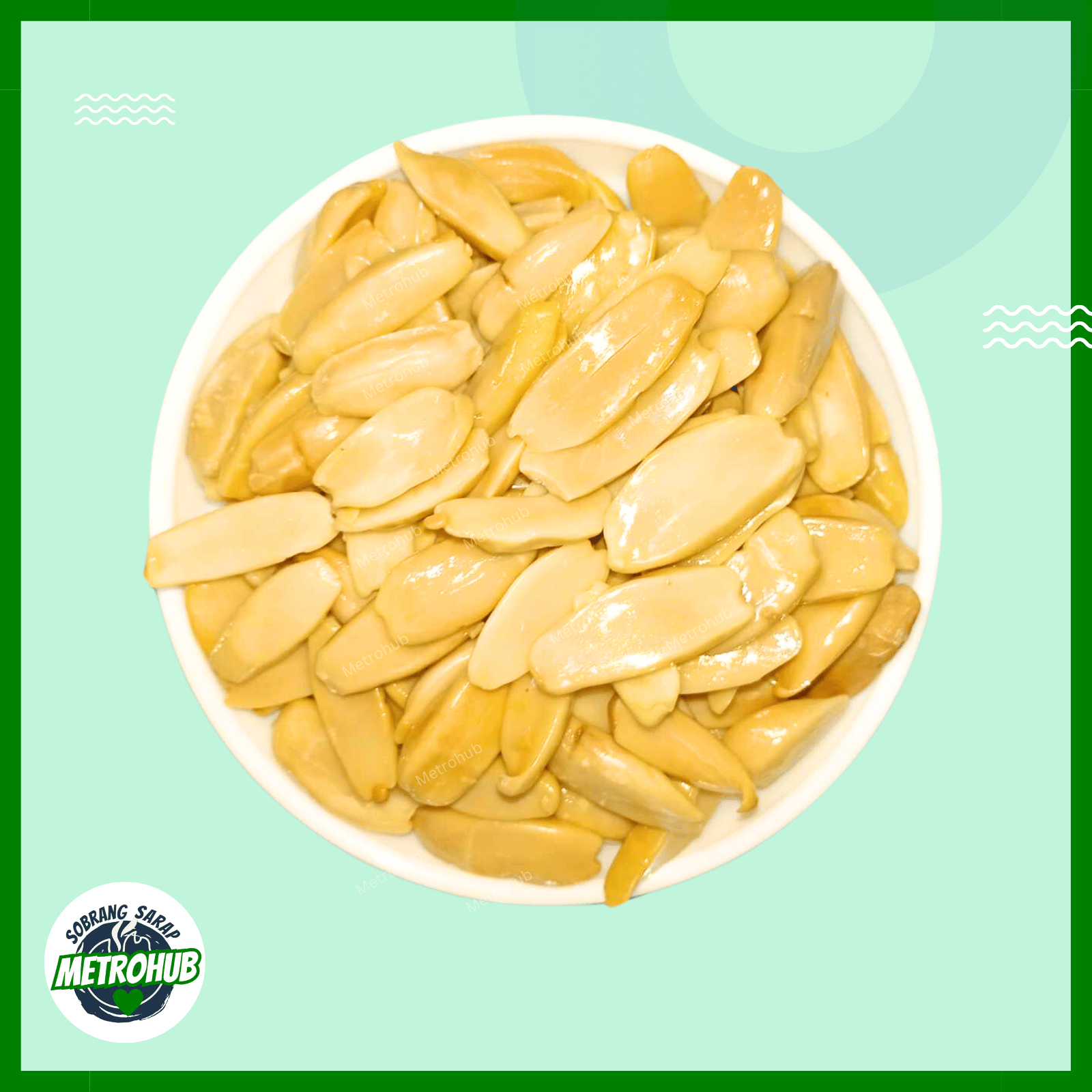Pili nuts are often called the world's best nut, celebrated for their rich, buttery flavor and incredible health benefits. From their wild origins in the Philippines to kitchens worldwide, the journey of pili nuts showcases a blend of sustainable practices, cultural significance, and culinary versatility. Let’s explore how these extraordinary nuts are grown, harvested, and enjoyed globally.
1. The Origins: Where and How Pili Nuts Are Grown
Wild and Volcanic Beginnings
Pili nuts thrive in the tropical rainforests of Southeast Asia, particularly in the volcanic soils of the Philippines. These trees grow in nutrient-dense environments without the use of pesticides or fertilizers, making them some of the purest and most sustainable nuts available.

Sustainability at Its Core
The pili tree plays a crucial role in maintaining biodiversity. Its fruits support local wildlife, and the absence of monoculture farming methods preserves the soil's fertility.
Key Regions in the Philippines
The Bicol region leads pili nut production, where the volcanic landscape provides ideal growing conditions. Farmers and gatherers often collect these nuts from wild trees, emphasizing their organic and untouched nature.
The Philippines' pili nut production is primarily concentrated in the Bicol Region, where it accounts for about 90% of the country's production area. Based on the Department of Agriculture, as of 2021, approximately 4,933 metric tons of pili nuts were produced in the Philippines, with the Bicol Region contributing 84% of this total. The government is actively supporting the industry through various initiatives that enhance production, post-harvest processing, and marketing, which help to improve the industry's competitiveness and expand export opportunities.
This robust production base has also led to the Philippines regaining access to the European Union (EU) market for dried pili nuts, further boosting its export prospects
2. The Harvesting Process: A Labor of Love
Manual Harvesting
Harvesting pili nuts is labor-intensive. Farmers climb the pili trees or gather fallen fruits by hand. The nuts are encased in a tough shell, protected by a fibrous pulp.
Cracking the Shell
The shell of the pili nut is among the hardest of any nut, requiring traditional methods or specialized tools to extract the seed. This meticulous process ensures minimal damage to the kernels.
Preservation and Drying
Once harvested, pili nuts are dried to maintain their quality and extend shelf life. The natural oils within the nuts are preserved during this process, which contributes to their distinct creaminess
3. The Culinary Journey: How Pili Nuts Are Enjoyed
A Versatile Ingredient
Pili nuts are known for their rich, buttery flavor, making them perfect for a variety of recipes:
- Raw or Roasted: Eaten as a snack, pili nuts are creamy and slightly sweet.
- Candied or Honey-Glazed: A popular delicacy in the Philippines.
- Baking: Added to cookies, cakes, and pastries for a luxurious texture.
- Plant-Based Milk and Butter: Growing global demand has inspired innovations like pili nut milk and nut butter.
Health Benefits
Pili nuts are a superfood, rich in magnesium, vitamin E, and heart-healthy fats. They are particularly prized by those following ketogenic and plant-based diets due to their low carbohydrate content.
4. Challenges and Opportunities
Challenges in Production
The difficulty of harvesting and the lack of widespread farming techniques limit the global supply of pili nuts. However, these challenges also add to their exclusivity and premium appeal.
Opportunities for Growth
As awareness of pili nuts grows, opportunities abound for sustainable farming initiatives, eco-tourism, and culinary innovation
5. Bringing Pili Nuts to Your Table
For consumers worldwide, pili nuts offer a taste of the Philippines and a glimpse into the region's rich agricultural heritage. Whether you’re enjoying them as a snack or incorporating them into gourmet recipes, pili nuts are a delicious way to support sustainability and ethical farming.



How Pili Nuts Are Grown, Harvested, and Enjoyed Globally